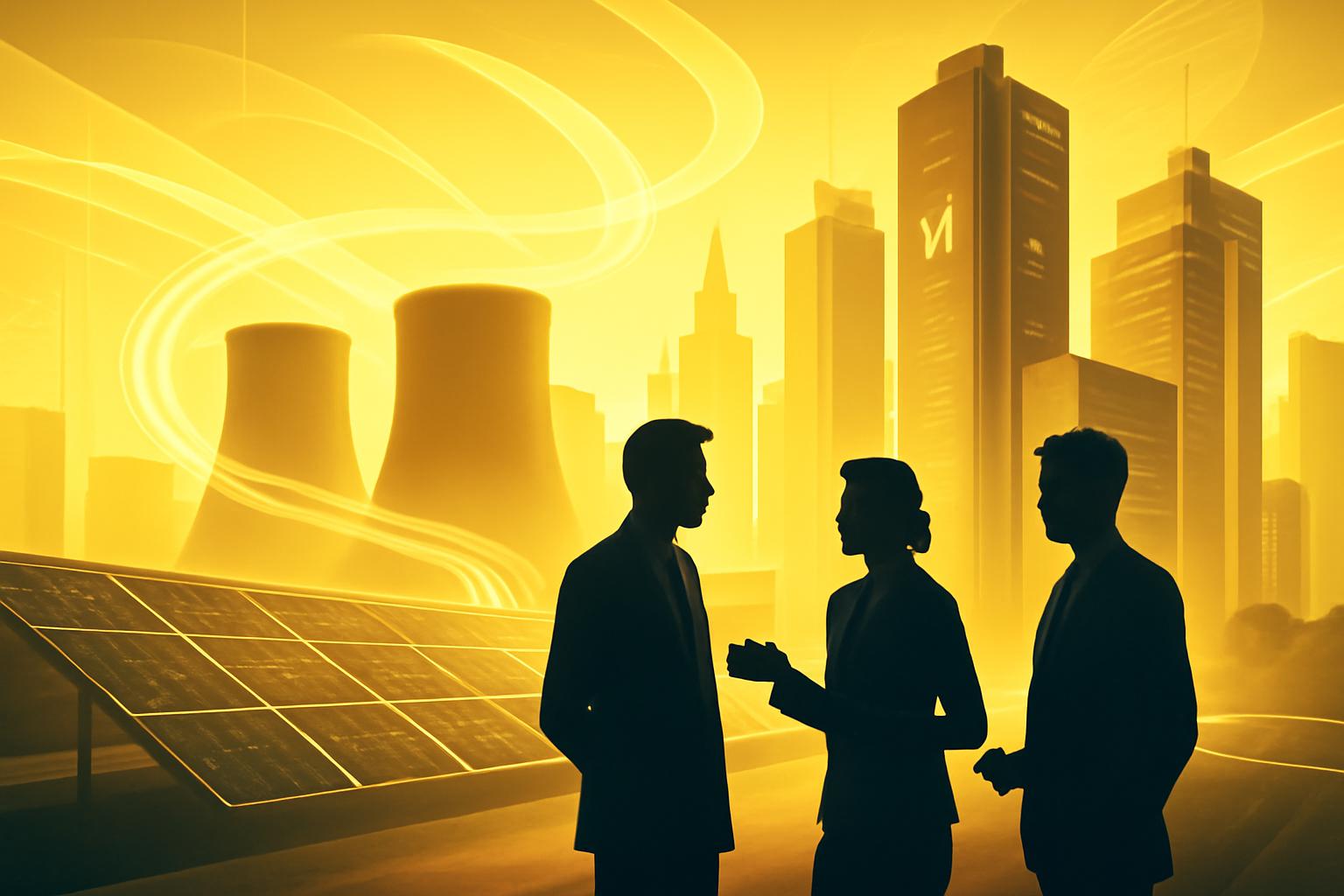Al Gore on China’s Unexpected Climate Leadership
Twenty-five years after his presidential campaign, Al Gore reflects on how China has emerged as the preeminent force in the global energy transition—a development he did not foresee. Gore had envisioned the United States spearheading climate action, but today he recognizes China’s rapid progress as a positive force, even as he expresses frustration over America’s faltering climate policies.
China’s Rise as the World’s First Electro State
According to Gore, China’s leadership has closely engaged with scientific advice, enabling the country to surpass its solar goals six years ahead of schedule and to consistently add solar capacity equivalent to three one-gigawatt nuclear plants each day. Despite challenges such as drought-induced hydroelectric shortfalls leading to underutilized coal plants, China has shifted focus to actual carbon reductions rather than carbon intensity metrics, signaling a commitment to stringent targets.
U.S. Climate Policy: Setbacks and Inconsistencies
Gore criticizes recent U.S. policy moves, including the Environmental Protection Agency’s proposal to end mandatory greenhouse gas emissions reporting for coal plants and refineries. He views this as an attempt to obscure the climate crisis. However, initiatives like Climate TRACE, funded by Generation Investment Management, are improving global emissions transparency by tracking 99% of greenhouse gases in real time.
Tech Industry’s Growing Impact on Energy Demand
The surge in AI development, exemplified by projects like the $500 billion Stargate Project in Texas, is driving significant increases in electricity consumption, especially from data centers. Lila Preston of Generation Investment Management notes that while energy demand from data centers is set to double by 2030, renewable energy sources combined with storage and geothermal have the potential to meet these needs sustainably. Gore highlights that many AI infrastructure builders are adopting solar and battery technologies to maintain sustainability commitments despite the surge.
Environmental Justice and Fossil Fuel Infrastructure
Gore raises concerns about environmental injustice in communities like southwest Memphis, where fossil fuel infrastructure, including unpermitted gas turbines, exacerbates health risks in predominantly Black neighborhoods. He critiques the fossil fuel industry’s influence over policymaking, which undermines climate progress and perpetuates environmental burdens on vulnerable populations.
Responsible Mining and the Quest for Rare Earth Minerals
Addressing the tech sector’s demand for rare earth minerals, Gore and Preston emphasize the necessity of sustainable and responsible mining practices. Advances in AI and modeling are helping to minimize environmental impacts, though challenges remain. Compared to fossil fuel extraction, the environmental footprint of mining these materials is relatively small.
Balancing Space Industry Emissions with Climate Benefits
Regarding the carbon emissions from increasing rocket launches, Gore believes the benefits of Earth observation satellites—critical for climate monitoring—outweigh the environmental costs of space launches.
Outlook: Optimism Tempered by Urgency
While Gore remains optimistic about the accelerating adoption of clean energy technologies and the declining influence of fossil fuel interests, he warns of emerging climate risks such as disruptions to the Humboldt Current, a vital marine ecosystem. He calls for an accelerated transition to avoid crossing irreversible climate tipping points, emphasizing that the tools and public support exist to drive rapid change.
FinOracleAI — Market View
Al Gore’s remarks underscore China’s accelerating dominance in clean energy, reflecting a strategic shift in global climate leadership that could reshape energy markets and technology investments. The U.S. policy volatility and regulatory rollbacks present risks of slower domestic clean tech growth, potentially ceding market share to China. The rising energy demands of AI and data centers highlight emerging pressures on electricity infrastructure but also opportunities for renewable energy expansion. Market participants should monitor U.S. policy developments, China’s clean energy investments, and technological innovations in sustainable mining and energy storage.
Impact: neutral













